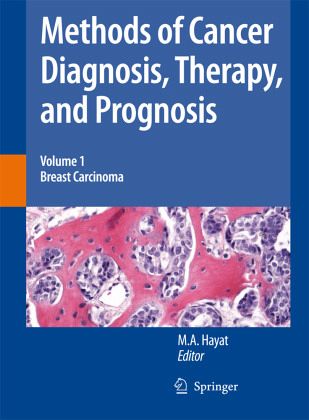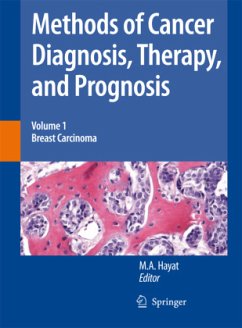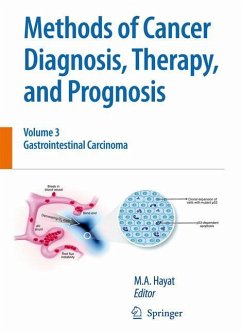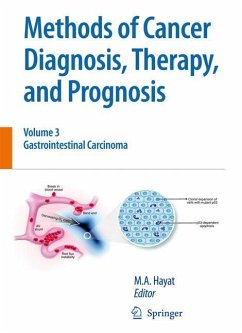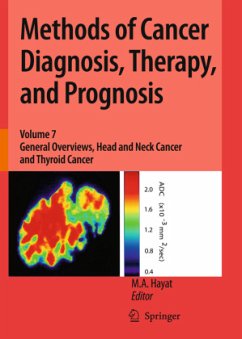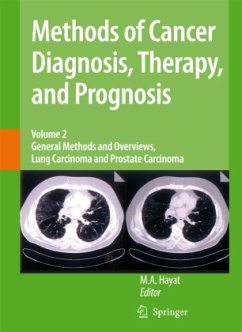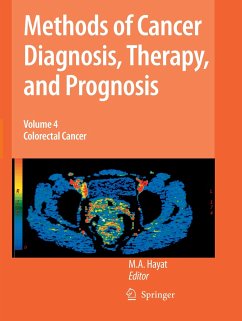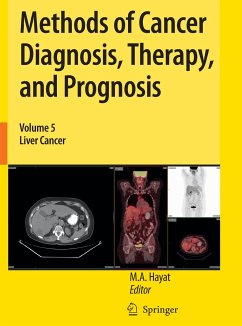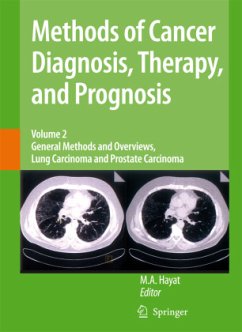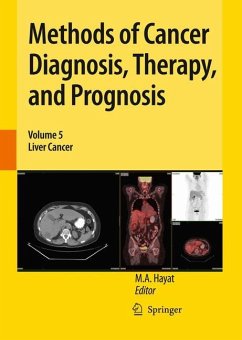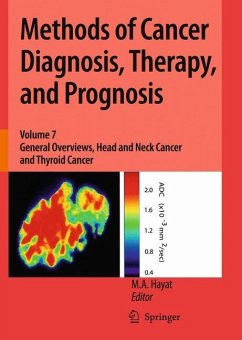"Once more Professor Hayat has to be congratulated for bringing together 56 leading scientists representing 16 countries in the field of breast cancer, which has made it possible to publish such an excellent book. It represents a valuable addition to the available literature on breast cancer treatment since it covers all aspects of breast cancer, including diagnosis, treatments, and prognosis. Thereby, not only efficacy of various anticancer drugs and their side-effects are pointed out, but also the necessity of age-dependent breast cancer strategies is highlighted. Therefore, I conclude that this book is a true benefit to all clinicians, surgeons, and oncologists working in the field of breast cancer." Professor Dr. Thomas DittmerInstitute
of ImmunologyWitten/Herdecke UniversityWitten, Germany "This first volume of the Handbook on Methods of Cancer Diagnosis, Therapy, and Prognosis, concerns problems related to diagnosis, treatment, monitoring of therapy, and prognosis in breast cancer. This is an impressive monograph containing data range on novel techniques (e.g., PET examination of sentinel lymph nodes) used in early diagnosis, prognosis (Molecular studies on circulating neoplastic cells), and treatment (surgery, chemo-radio-and hormontherapy) of various histological types of breast cancer. This monograph resulting from cooperative efforts of 56 authors from 16 countries (specialists in this field) cannot be matched by any publication of this type. The oncologists, pathologists, and scientists engaged in problems of breast cancer should have this extremely valuable Handbook at hand." Professor Piotr DziegielDepartment of Histology and EmbryologyMedical University of Wroclaw, Poland "It has been a great pleasure to review the forthcoming book, Methods of Cancer Diagnosis, Therapy, and Prognosis: Volume 1, edited by Professor M.A. Hayat. Dr. Hayat is a Distinguished Professor in the Department of Biological Sciences, Kean University, Union, New Jersey. After seeing the chapters listed in his book, I am very impressed by the thoroughness of the topics in the proposed book. As an editor, Dr. Hayat has assembled a group of well known researchers and clinicians from many parts of the world to write the state-of-the art chapters on breast cancer, including but not limited to the chapters, on computer-assisted diagnosis, familial breast cancer, serum markers in diagnosis, circulating cancer cells before and after treatments, epigenetic markers, metastasis and its detection, validation of biomarkers, immunohistochemistry, invasive cancer and treatments. He has summarized the problems associated with the complexities of research publications which are not easy reading even for many scientists and clinicians. The subject matter is, undoubtedly, complex and formidable for many breast cancer patients. The current consolidated information on breast cancer research is not readily available. The numbers of cancer cases are projected to increase significantly by 2030, especially in low and middle income countries. Even in the advanced countries, there is a population of low and middle income people who do not have access to appropriate diagnosis and treatment. These people suffer from the same problems as those belonging to the low and middle income countries. Dr. Hayat has provided data in his preface showing that some cancers can be reduced by changes in lifestyle and education. His assessment is very timely. With best wishes and regards to Dr. Hayat." Akhouri A. Sinha, Ph.D. Professor of Genetics, Cell Biology and Development, The University of Minnesota and Research Scientist at the Veterans Affairs Medical Center, Minneapolis, Minnesota. "Professor Hayat has done it again! He has edited (METHODS OF CANCER DIAGNOSIS, THERAPY, AND PROGNOSIS, to be published by Springer) a comprehensive treatise on diagnosis, therapy, recurrence, resistance along with risk benefit ratio in cancers with special emphasis on breast cancer. Scientists and clinicians from the world over have contributed the latest advances in their respective areas of expertise. The reader is provided with a whole field view of the state of the art in breast cancer management. This treatise will serve as a must read for oncologists, scientist researchers and students of cancer biology. I look forward to the next series dealing with epidemiology, genetic predisposition and the role of the tumor microenvironment in cancer biology." Debabrata Banerjee Ph.DAssociate ProfessorMedicine and PharmacologyCancer Institute of New Jersey, New Brunswick
